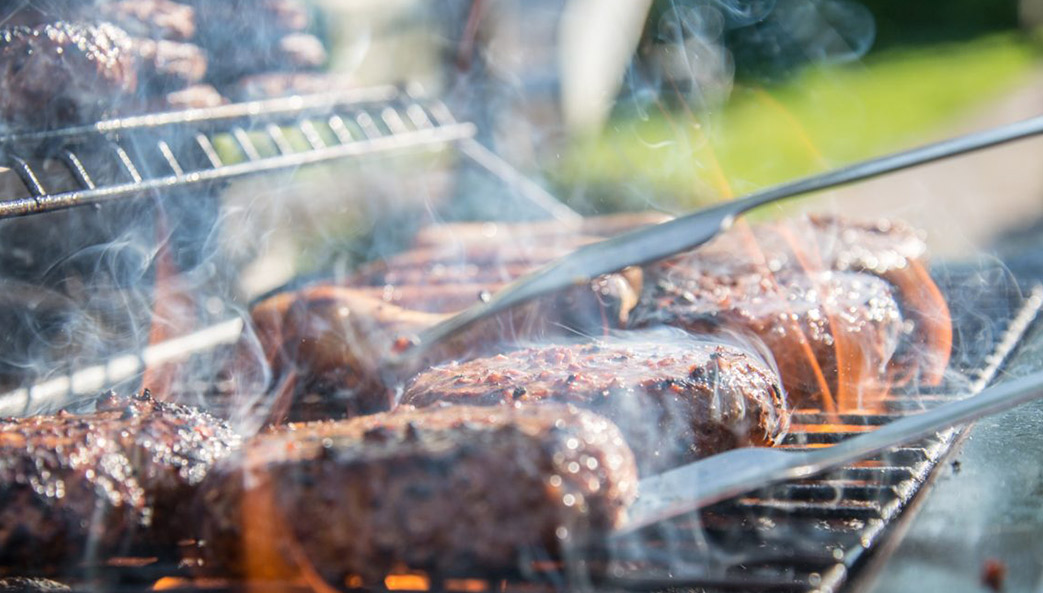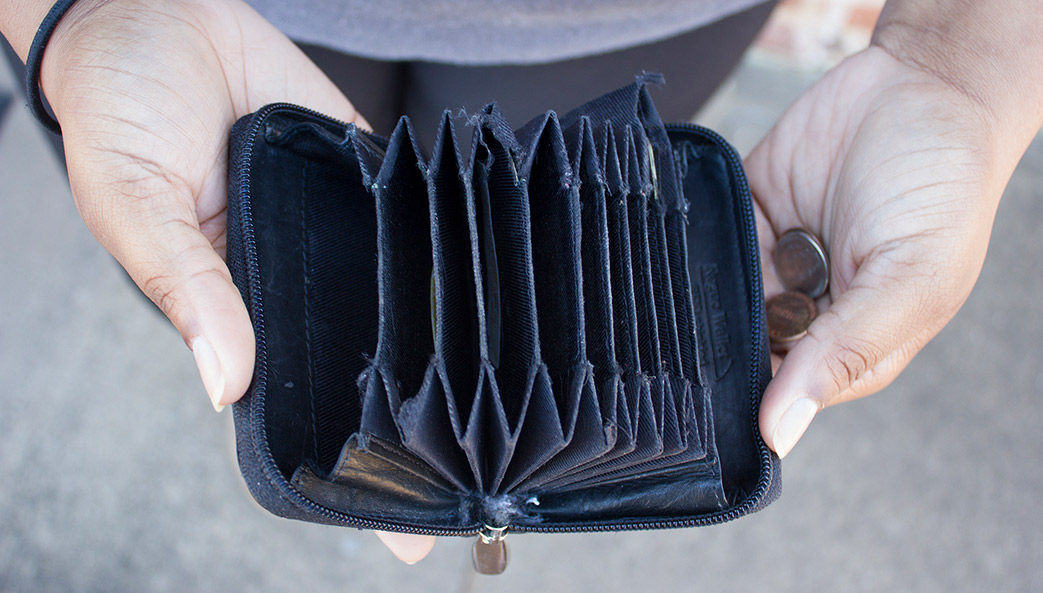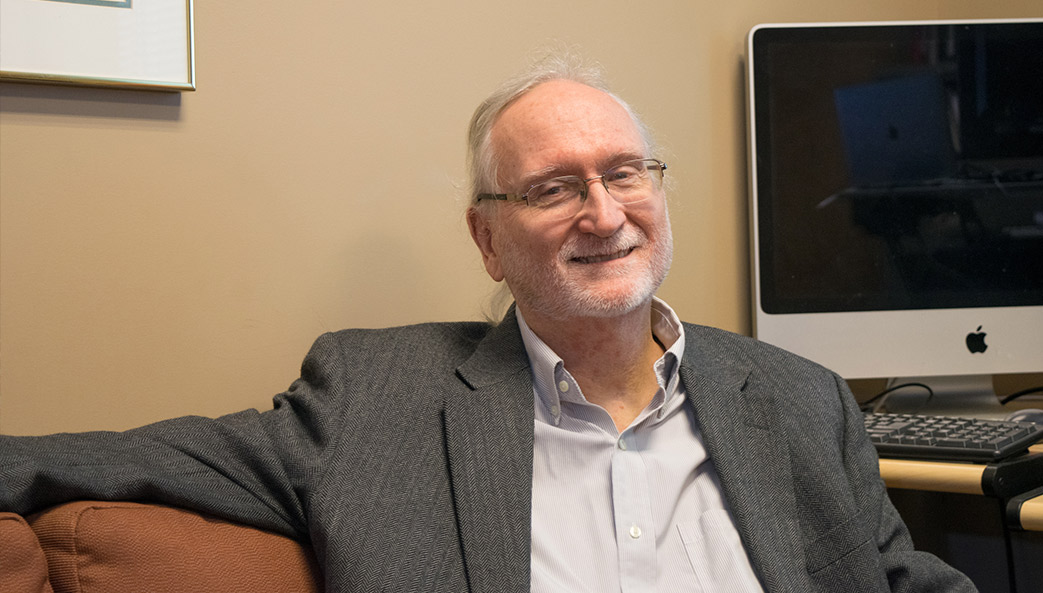All scientists have one goal in mind: to make the world a better place.
They work tirelessly in labs and in the field, collecting samples, testing experiments, and applying theories. Throughout the process, however, they’re inevitably left with large amounts of waste.
It was something that began to concern Star Scott while she worked as a researcher in the Odum School of Ecology. Noticing the large amounts of waste produced by the scientific process, she began to reflect.
“Science has long operated as though we’re exempt from needing to mitigate our environmental and social footprint,” she said. “But we are inadvertently contributing to a much larger issue.”
She took this concern to then Associate Vice President of Research Safety and Integrity Chris King, now interim vice president for research, who helped Scott put together a task force they called “Green Labs.” The burgeoning task force grew into a university program of the same name, with Scott as the program manager.

For nearly nine years, Green Labs has strived to make UGA research labs more sustainable, equitable, and efficient by reducing lab waste, conserving water, and lowering energy usage. It’s part of a larger international movement that began over a decade ago to make the global research enterprise more sustainable and efficient. To be called “green labs,” programs must be focused on reducing resource use, diverting waste, and improving equity in research spaces.
UGA is one of only nine research institutions in the United States with full-time green labs faculty, as well as an independent, full-fledged program dedicated to making science more eco-friendly.
“A lot of other universities use green lab practices in their safety and integrity, but UGA is one of the few that has a dedicated program and staff,” Scott said.
Energy saving
Between freezers, ovens, and fume hoods, research labs are intensive energy consumers. It can be easy for researchers to forget about this, Scott said.
“I don’t know about you, but when I was growing up, my parents would tell me 500 times to turn off a light when I leave a room, so that’s now engrained in me,” she said. “Much of what we do in Green Labs is behavior modification like that.”

Fume hoods are one key focus. Fume hoods consist of an exhaust fan on top of the laboratory building that pulls air and airborne contaminants through connected ductwork and funnels them to the atmosphere, improving laboratory air quality. Among the most energy-intensive pieces of equipment in a laboratory, however, a single hood can use the same amount of energy each year as three and a half American households.
If left open overnight, it wastes copious amounts of energy, similar to when you leave a window open while the A/C is on “full blast” as Scott described it.
Scott took note of this common issue, leading Green Labs to launch the “shut the sash” campaign, reminding researchers to close their fume hoods. With the help of some education and a simple sticker, she began helping provide units with behavior modification tools.
“The sash sticker is a constant reminder for researchers to shut the sash when their hood is not in use,” Scott said. “Simply by closing it, we can save up to 40% of energy in that unit.”

In addition to the benefits researchers experience, these simple solutions also help reduce utility costs and prolong the life of equipment and mechanical systems, mitigating replacement costs incurred by the university’s Facilities Management Division.
“We’re very proud to host the Green Labs program at UGA,” said Clayton Wilcox, the interim associate vice president of FMD. “Everything Green Labs does has positive implications for most of our unit. Greater efficiency in labs leads to resource reduction and, thus, savings for the institution, as well as reduces costs associated with waste management. These savings directly impact FMD’s budget.”
Additionally, Green Labs works in conjunction with various departments like Utility and Energy Management, Safety, Engineering, Waste Reduction Services, and Sustainability.
While many Green Labs initiatives are based on education and behavior modification, one of the biggest takes a little more labor.
The Freezer Challenge
The Freezer Challenge is an annual international initiative sponsored by several international non-profit lab sustainability organizations, with the goal of improving the efficiency and sustainability of laboratory cold storage. It’s been in practice for over a decade, and UGA has been a participant for the past two years.
The challenge is simple: Scott and Green Labs student staff consult with UGA labs on how to properly maintain lab freezers by cleaning coils and filters, optimizing storage space, and removing frost and ice.
When a freezer isn’t properly maintained, temperature pockets can form from poor air circulation. This can be caused by ice buildup, overcrowding or blocked vents, creating localized temperature variations within the freezer compartment and potentially harming the integrity of samples stored there.
“I was in a lab for nearly 10 years, and never knew we needed to conduct preventative maintenance on our ultra-low freezers,” Scott said.
Since Scott launched the challenge at UGA two years ago, participation has tripled. Not only does the challenge prolong the lives of the equipment, it also reduces burden on HVAC systems. With preventative maintenance, freezers don’t have to work as hard, thus reducing the heat load coming off the unit.
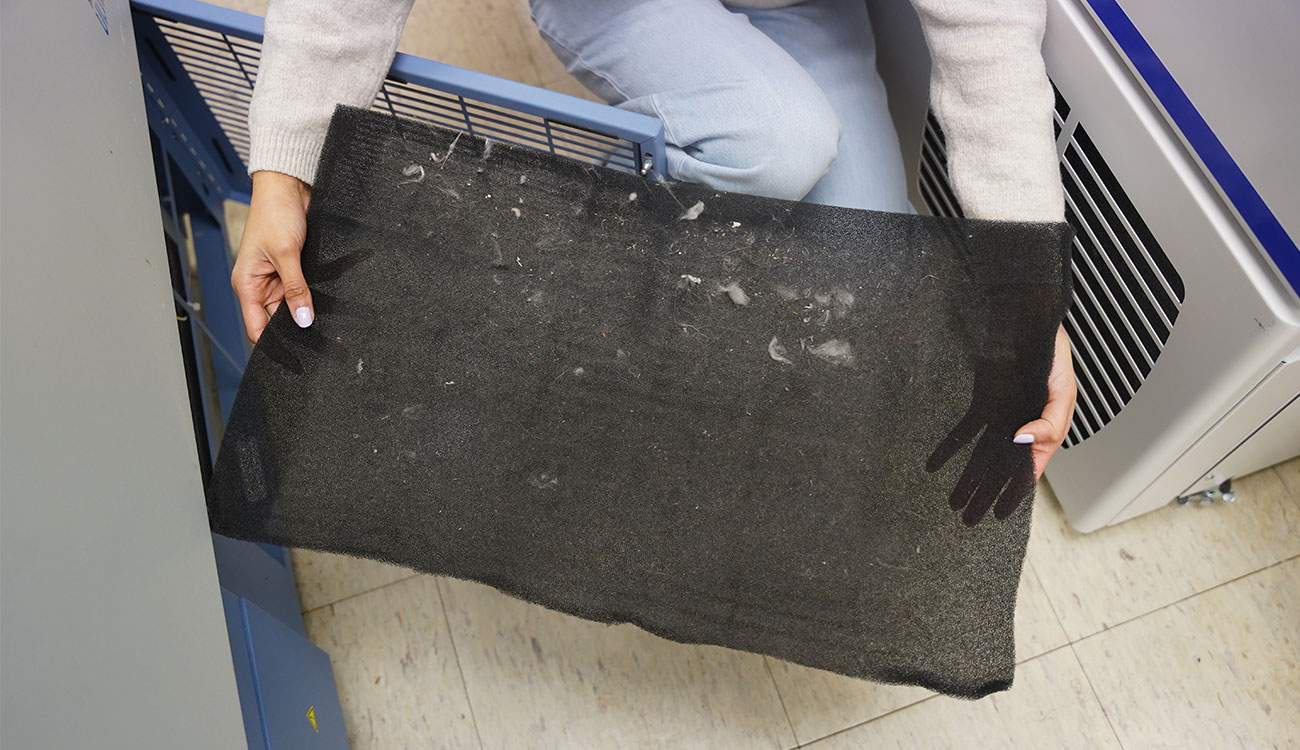
“Just maintaining your freezer has this huge impact on the building efficiency,” Scott said. “It’s like this tremendous win, win, win, win, win across the board.”
By participating in the freezer challenge, UGA researchers also earn a chance to win a brand new high-efficiency ultra-cold freezer worth $15,000 courtesy of Utility and Energy Management.
Last year, Odum Professor John Wares won the challenge.
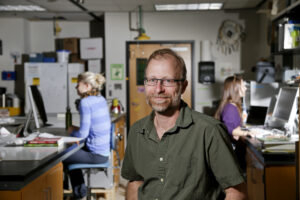
“Technically I’ve been participating in the freezer challenge longer than two years, but I only got serious about the documentation in the last two,” he said. “This new freezer will last me throughout the rest of my career and has better energy efficiency than the one I had.”
Wares assimilated eco-friendly practices into his lab long before the Green Labs program launched. He documented the amount of plastic waste his lab accumulated then posted it on a sustainability blog on the UGA website.
“A lot of my work is conservation focused and being a researcher doesn’t exempt me from paying attention to what I use and how I handle my equipment,” he said.



The Freezer Challenge is an annual international initiative dedicated to improving the efficiency and sustainability of laboratory cold storage. By following simple steps, such as cleaning the filters and scraping ice, researchers can prolong the life of their utlra low freezers. (Photos by Lauren Corcino)
Waste diversion
From plastic pipette tips and tissue culture plates to animal bedding and batteries, labs create a lot of waste.
“We use a lot of single-use plastics in science labs,” Scott said. “According to a report in Nature in 2015, the scientific research enterprise was responsible for five and a half million metric tons of single use plastic waste a year—equivalent to the mass of 67 cruise ships.”
Because of this, many UGA researchers have reached out to Scott about different ways to divert their waste from landfills, either through recycling, composting, reuse, repurposing, or in some cases, donation.
Scott created a graphic on the Green Labs website that guides people to the correct, most eco-friendly disposal of lab waste. Some examples include composting animal bedding, placing non-hazardous lab glass in a safe disposal box, and donating used ice packs to local community organizations to be reused.
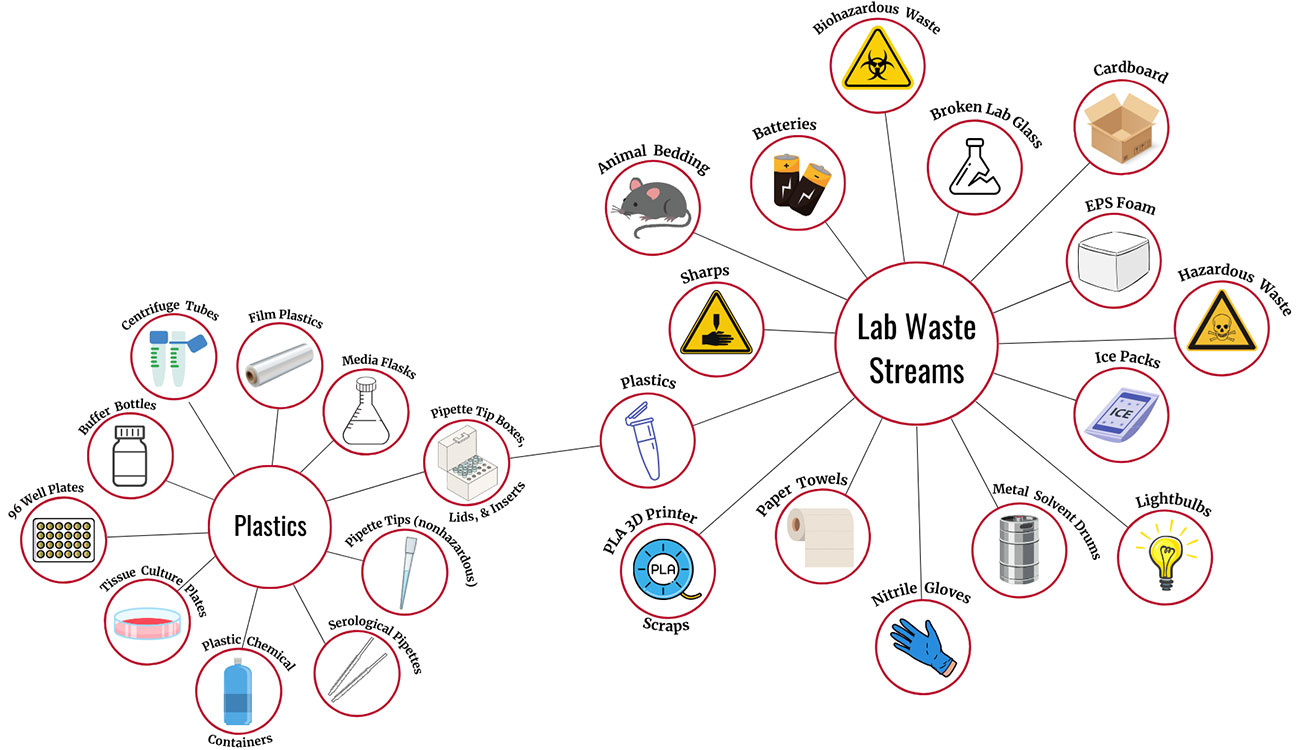
Some of the more complex lab waste materials, such as plastic film, small lab plastics, and styrofoam, is diverted to the Athens-Clarke County Center for Hard to Recycle Materials (CHaRM).
If a lab has good condition glassware they’re looking to dispose of, it can be rehomed via the Green Labs program Lab Glass Rehoming program. This program is in partnership with the ACC Teacher Reuse Store, where local middle and high school teachers can acquire donated equipment for their classrooms. As lab glass is very expensive, local schools often lack the resources to purchase it. Thus, donated lab materials allow students the opportunity to conduct experiments firsthand, serving future scientists. Interested labs must consult with UGA Green Labs to donate.
However, it is of utmost importance chemical containers are never placed in the recycling. This is part of the partnership between UGA and the Athens-Clarke County Recycling Center. No laboratory materials should ever be placed in UGA’s single-stream recycling—lab recycling on campus is through special source recycling only and does not get comingled with single-stream materials.
According to Chemical Safety Officer Brandon Foskey, each chemical container is marked with a barcode so that the contaminated waste doesn’t end up in the recycling stream.
When Scott isn’t assisting labs in creating green practices, she’s in classrooms talking with researchers, students, and postdocs about the importance of sustainability in lab work. Green Labs programs are still few and far between throughout the United States, but she hopes to see them continue to grow.
“Research consumes so much energy and leaves such a large consumptive footprint,” Scott said. “If each lab just does small measures, like shutting the sash and maintaining their freezers, it not only benefits UGA, but the planet as a whole.”




